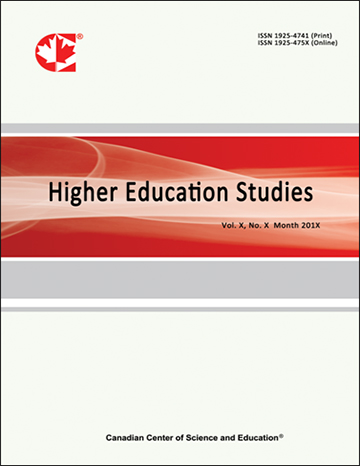The Effect of Gender-Specific Instruction on Enhancing Student Learning according to Educators’ Perceptions
- Geraldine N. Hill
Abstract
This study aims to allow educators to give their opinions, perceptions, and interest level regarding gender-specific education in the public-school setting. The researcher drew participants from the school district treating it as a sample. The school district serves a diverse population of 6,233 students with varied socioeconomic backgrounds and ethnicities. Fifty-four percent of the students received free or reduced-price lunches. Approximately 49% of the students were African American, 47% Caucasian, and 4% other, consisting of a mixture of Asian, Hispanic, and other nationalities.
The demographics for the 157 participants in the current research were as follows: 57 elementary educators, and 100 secondary educators. Of this sample, twenty-five were men and 132 were women, with an age range of 24-64. A questionnaire was designed consisting of four research questions to address teachers' perceptions regarding the implementation of gender-specific education. The researcher employed two different surveys, one specifically to gather data about boys and another to acquire data about girls. A school district in the southeast United States was chosen to garner K-12 educators' perceptions. The Gender-Specific Education survey was used to collect data from all teachers in the district and is composed of two parts: the first part of the survey ascertains demographic information, while the second part utilizes a five-point Likert scale that addresses teacher's perceptions, opinions, and level of interest regarding the implementation of gender-specific education.
The researcher performed all data analysis using (SPSS) Statistical Software for the Social Sciences version 19. Frequency statistics were performed on the survey instruments, with percentile values. The researcher calculated the dispersion using standard deviation, variance, and mode while noting minimums and maximums. The researcher performed a distribution analysis of skewness and kurtosis, while all results were displayed in pie charts on percentage values. Finally, the order of frequency was noted and in ascending values, with the multiple variables organized by variable numbered output.
The findings suggested that: (a) participants perceived gender-specific classes as being positive for male students, (b) the number of neutral responses indicated the lack of knowledge about the effects and outcomes of students in gender-specific settings, (c) participants at the secondary level would consider working in a gender-specific setting.
Although this research study resulted in neutral teacher responses and yielded non-significant results, this study will serve to provide a basis for the implementation of other studies and to help policymakers in this school district to provide staff development on gender-specific strategies to the staff currently teaching gender-specific classes.
- Full Text:
 PDF
PDF
- DOI:10.5539/hes.v12n4p80
Index
- AcademicKeys
- CNKI Scholar
- Education Resources Information Center (ERIC)
- Elektronische Zeitschriftenbibliothek (EZB)
- EuroPub Database
- Excellence in Research for Australia (ERA)
- Google Scholar
- InfoBase
- JournalSeek
- Mendeley
- Open Access Journals Search Engine(OAJSE)
- Open policy finder
- Scilit
- Ulrich's
- WorldCat
Contact
- Sherry LinEditorial Assistant
- hes@ccsenet.org
